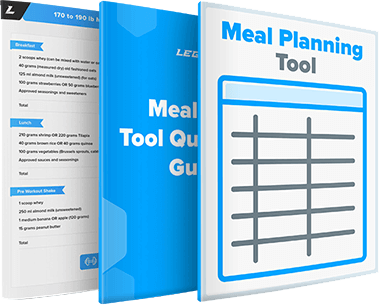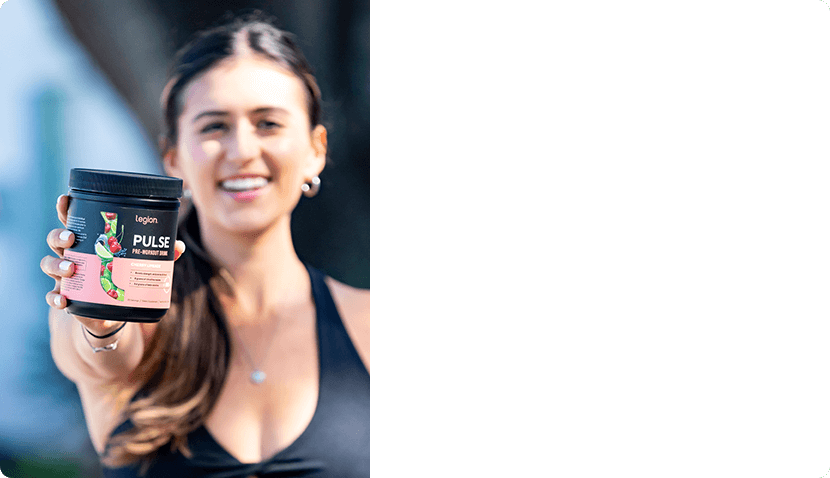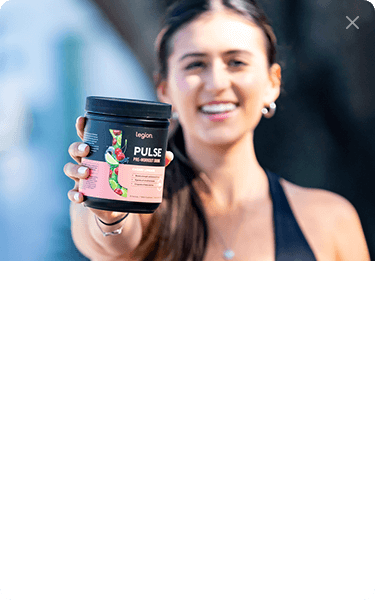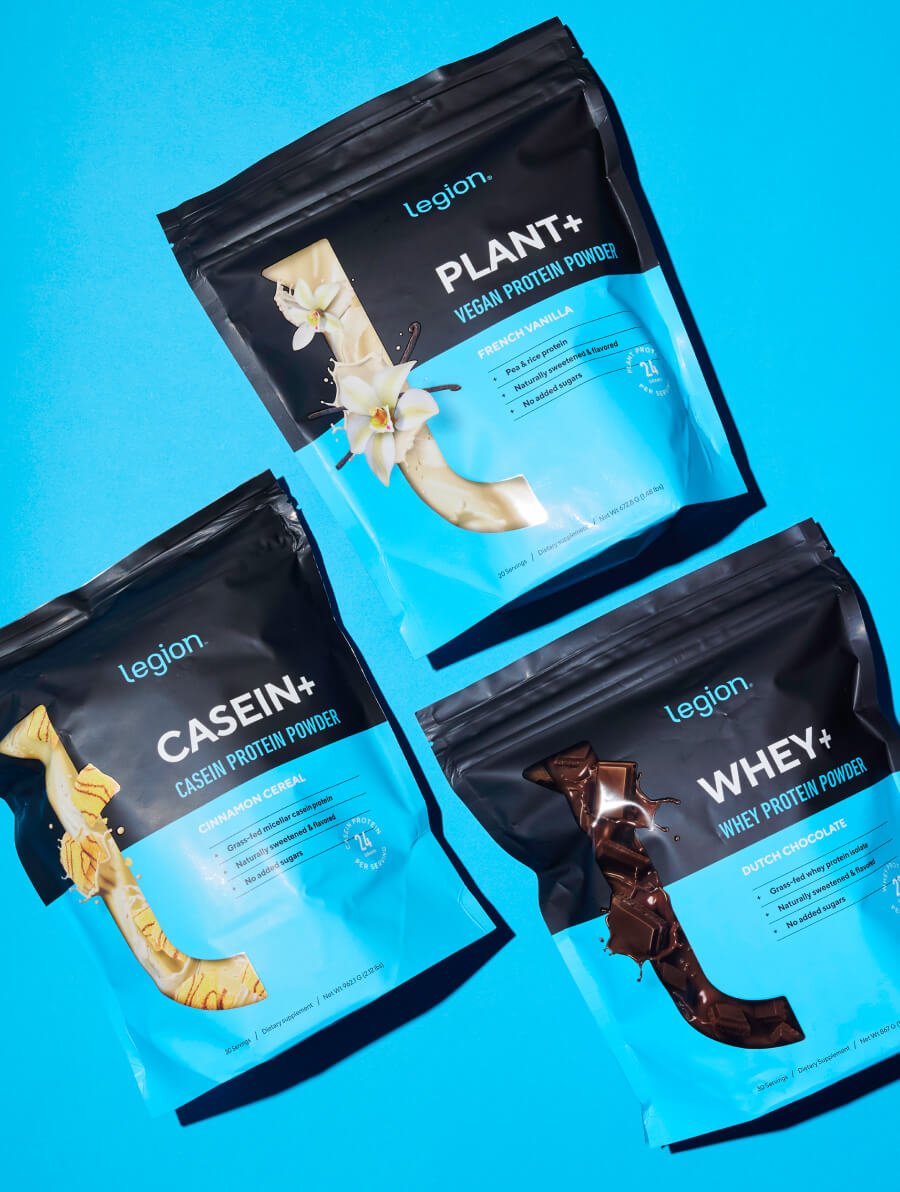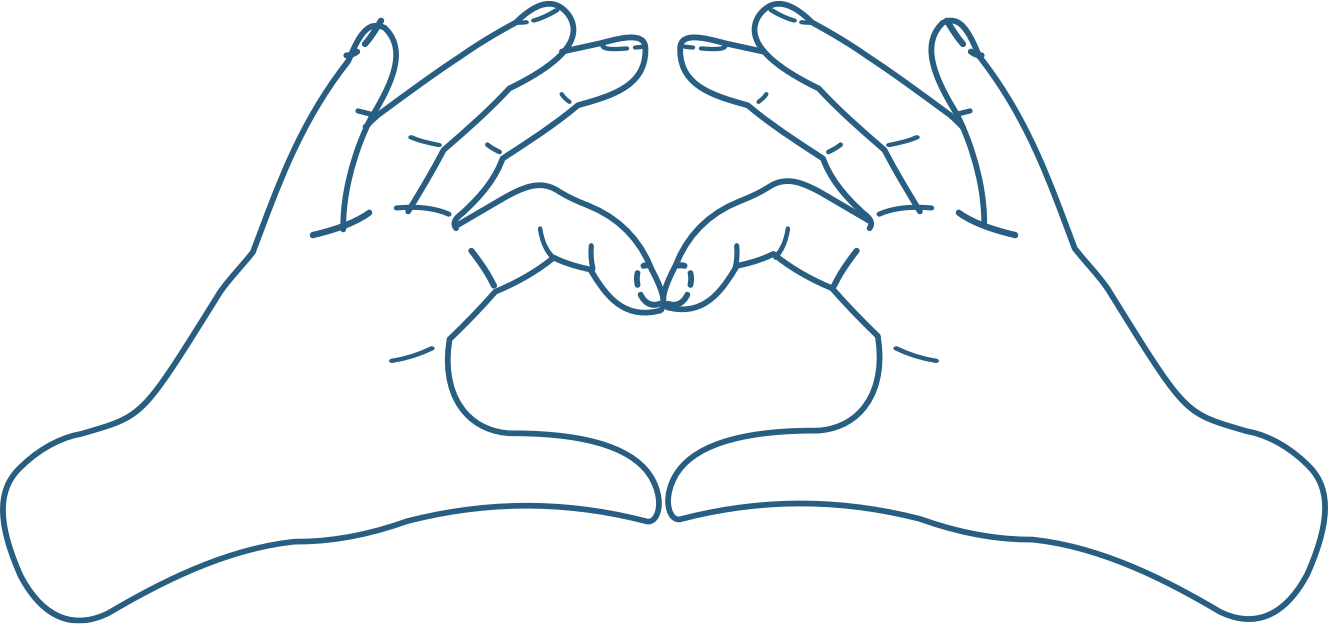Clostebol isn’t a powerful steroid. It won’t pack on muscle like testosterone, trenbolone, or Winstrol, which is why most bodybuilders don’t bother with it.
Yet, it keeps showing up in doping scandals.
Why would athletes risk a ban for a steroid that isn’t even that strong?
The answer’s complicated.
Clostebol isn’t the most effective steroid, but it still boosts performance and recovery—which is something.
More importantly, it’s legally sold in medicinal creams, making it much easier to explain away a positive test. In other words, you get the benefits with a built-in excuse—if you test positive, you can always claim “accidental exposure” rather than deliberate doping.
At least, that’s what skeptics say . . . 👀
In this article, we’ll break down exactly what clostebol is, how it affects your body (including its side effects), and how people use it.
Key Takeaways
- Clostebol is a mild anabolic steroid derived from testosterone.
- Its anabolic-to-androgenic ratio is 46:25, making it weaker than testosterone in both muscle-building effects and side effects.
- Medicinal creams legally contain clostebol, so people can come into contact with it without realizing it.
- Athletes who test positive for clostebol usually say their results are due to “accidental exposure” rather than admitting to deliberate doping.
- Bodybuilders rarely use clostebol because it isn’t strong enough to compete with steroids like testosterone, trenbolone, or Winstrol.
- Clostebol doesn’t convert to estrogen, so it won’t cause water retention or gynecomastia, but it suppresses testosterone and can cause androgenic side effects like acne, hair loss, and “virilization” in women.
- No legal supplement can match Clostebol’s effects, but if you want safe supplements to support muscle growth, performance, and recovery, try protein powder, creatine, and pre-workout.
What Is Clostebol?
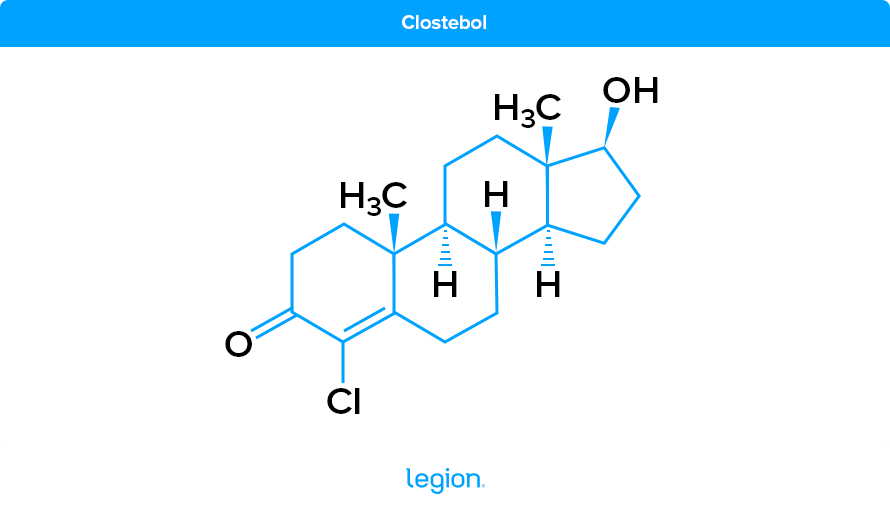
Clostebol acetate, or simply “clostebol,” is an anabolic steroid derived from testosterone. Scientists developed it in the 1950s, and drug companies soon sold it in Europe under names like Steranabol and Turinabol.
Doctors mainly prescribed clostebol for osteoporosis, but they also used it to treat anorexia and liver disease in some cases. Because of its mild anabolic (“muscle-building”) effects, doctors more commonly used it with women and the elderly, who usually struggle with steroid side effects more than men.
Pharmaceutical companies produced both oral and injectable forms of clostebol, but the injectable version worked far better for performance enhancement. Even so, clostebol never gained much popularity in bodybuilding circles.
Today, you typically only find clostebol in topical creams like Alfa-Trofodermin, Neobol, and Trofodermin, which medical professionals use to treat wounds and ulcers. These creams contain too little of the drug to meaningfully enhance athletic performance.
What Does Clostebol Do?
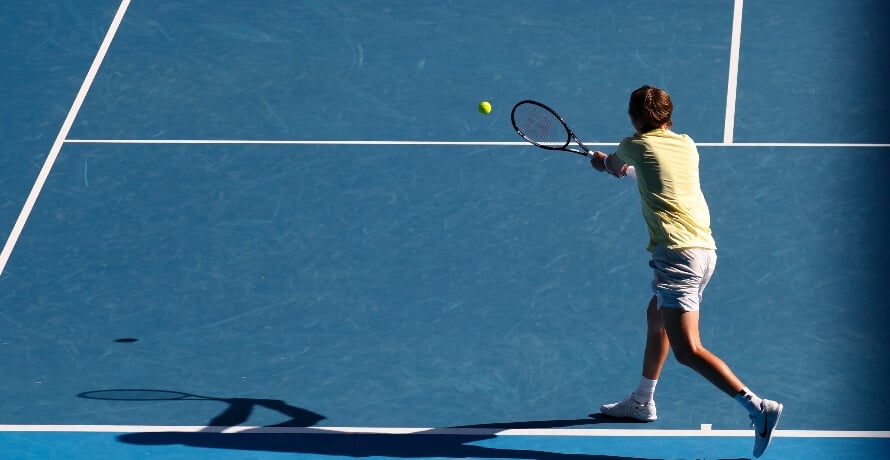
Clostebol is a mild anabolic steroid. In other words, it won’t help you build muscle as effectively as something like testosterone, but it can still promote growth and recovery and cause side effects, especially if you take large enough doses.
To understand more about how it does this, you first need to understand how steroids work.
How Steroids Work
Most of your body’s cells have androgen receptors—proteins that receive signals from hormones like testosterone in your bloodstream. Think of these receptors as mailboxes that only accept messages from androgenic (“masculinizing”) hormones.
When a steroid binds to an androgen receptor, it delivers its message to the cell’s nucleus, instructing it to increase protein synthesis, retain nitrogen, and stimulate muscle growth. This process is what makes anabolic steroids effective for building muscle and accelerating recovery.
However, these same steroids also send androgenic signals, which trigger the development of male traits like facial hair, a deeper voice, aggression, and acne.
Clostebol’s Steroid Profile
To quantify a steroid’s effects, researchers use the anabolic-to-androgenic ratio, which compares its muscle-building potential to its likelihood of causing unwanted side effects.
Testosterone is the baseline, with a ratio of 100:100—meaning it has equal anabolic and androgenic effects.
Clostebol, by contrast, has a ratio of 46:25, meaning it has just less than half the anabolic power and only a quarter of the androgenic effects of testosterone. So, while clostebol’s benefits still include an ability to boost growth and recovery, it’s not a powerful muscle builder by steroid standards.
This makes clostebol a second-rate steroid for athletes looking to gain a competitive edge, and an even worse choice for bodybuilders trying to get in peak condition. At least, that’s the theory. Yet, clostebol still regularly shows up in doping cases.
Clostebol Doping
Since 2013, when anti-doping labs improved their methods for detecting clostebol, more athletes have tested positive for it than ever before.
One reason for this is accidental exposure. Unlike most banned steroids, clostebol is still legally sold in medicinal creams and sprays used to treat wounds, burns, and ulcers—especially in countries like Italy and Brazil.
Athletes have tested positive after using these products, touching someone who applied them, or even—according to at least one case—through sexual contact with a partner using a clostebol-based medication.
But while some cases may be genuine accidents, it’s naive to assume all clostebol use is unintentional.
Current testing can detect clostebol, but can’t show how an athlete used it—whether they applied a cream, took a pill, or injected it. This creates an opportunity for athletes to claim accidental exposure, even if they knowingly used the steroid to enhance performance.
That is, clostebol comes with an easy out: use it however you want, and if you test positive, just blame a medical cream.
And that’s the problem. If an athlete gets caught with a stronger steroid like testosterone, they usually have no option but to fess up—but with clostebol, they can always blame contamination. That makes it a safer gamble than drugs that offer no plausible deniability.
Clostebol in BodyBuilding
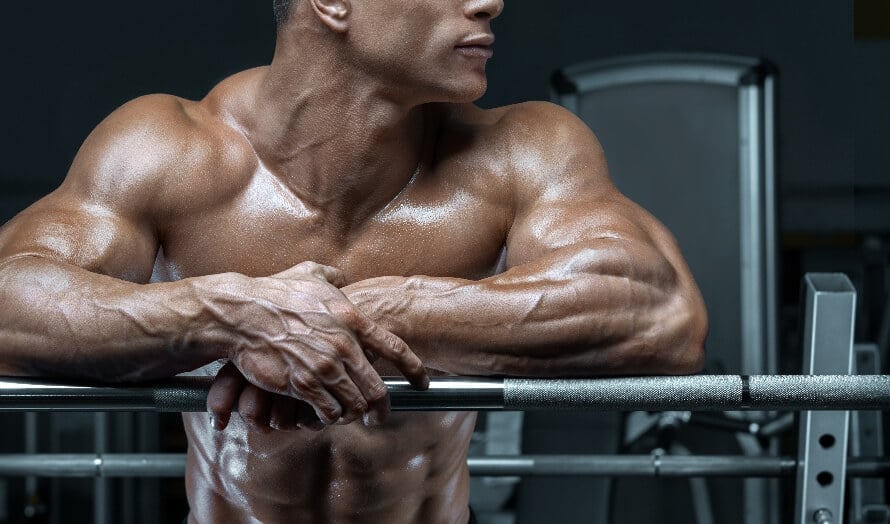
Clostebol isn’t a popular steroid among bodybuilders. It simply isn’t strong enough to compete with more powerful drugs like testosterone, Dianabol, or trenbolone.
One exception is Oral Turinabol (chlorodehydromethyltestosterone), a steroid derived from Dianabol that blends methandrostenolone and clostebol. Oral Turinabol is far more effective for muscle and strength gains than regular clostebol, though not as powerful as Dianabol.
Its main advantage is its lower androgenic activity, meaning it enhances performance without as many masculinizing side effects like acne, hair loss, or aggression. This made it the drug of choice for the state-sponsored doping program that helped East Germany dominate international sports between the 60s and 80s.
Even so, Oral Turinabol never became a bodybuilding staple. Most weightlifters still favor testosterone, Winstrol, and so forth.
Clostebol’s Side Effects
All anabolic steroids have side effects, though clostebol’s side effects tend to be milder than other anabolic steroids.
Estrogenic Side Effects
Clostebol doesn’t convert to estrogen, so it doesn’t cause gynecomastia (“man boobs”) or water retention. For this reason, the bodybuilders who use clostebol typically do so while cutting because it helps them achieve a lean, “dry” look.
Androgenic Side Effects
Although clostebol is a low-androgenic steroid, it can still cause androgenic side effects, especially at high doses. These may include:
- Oily skin and acne
- Increased body and facial hair growth
- Hair loss
Women who use clostebol also risk “virilization,” meaning they could develop:
- A deeper voice
- Irregular menstrual cycles
- Changes in skin texture
- Clitoral enlargement
Unlike some steroids, clostebol isn’t significantly affected by 5-alpha reductase inhibitors, a class of drugs that includes finasteride and dutasteride. These medications block the enzyme that converts testosterone into a stronger androgen called dihydrotestosterone (DHT), which helps reduce side effects like hair loss and prostate enlargement.
However, since clostebol doesn’t rely on this conversion, these drugs won’t reduce its androgenic effects.
Liver Toxicity
Most oral steroids go through a process called C17-alpha alkylation, where chemists alter the steroid’s structure to prevent the liver from breaking it down too quickly. This allows the steroid to survive digestion and remain active in the bloodstream.
However, this same modification also stresses the liver, which is why C17-alpha alkylated steroids can cause liver damage if you use them for extended periods.
Clostebol pills don’t have this modification, so they don’t pose the same risks to your liver—making them gentler on your body than many other oral steroids.
Cardiovascular Side Effects
Like most anabolic steroids, clostebol can negatively impact cholesterol levels, lowering HDL (“good cholesterol”) and raising LDL (“bad cholesterol”). Over time, this can increase the risk of heart disease.
Other potential cardiovascular risks include:
- Increased blood pressure
- Elevated triglycerides
- Reduced blood vessel flexibility
- Left ventricular hypertrophy (enlargement of the heart’s left ventricle)
Testosterone Suppression
Clostebol will suppress your natural testosterone production if you take enough of it to build muscle.
Once you stop using it, your testosterone levels should return to normal within 6 months or so. That said, if you use it for a long time, your “T” levels may remain suppressed much longer, and may require medical intervention to correct.
Which Legal Supplements Have Similar Effects to Clostebol?
No legal supplements can come close to matching the effects of steroids, even relatively weak ones like Clostebol. Steroids dramatically increase muscle growth in a way that regular supplements simply can’t replicate.
That said, some supplements can still make a meaningful difference when used consistently alongside proper training and nutrition. If you’re looking to build muscle, perform better, and recover faster, here are a three worth considering:
- Protein powder: Protein powder, such as Whey+ (Legion’s whey isolate) or Casein+ (Legion’s micellar casein), provides your body with the nutrients needed to build muscle tissue and recover from workouts.
- Creatine: Creatine boosts muscle and strength gain, improves anaerobic endurance, and reduces muscle damage and soreness from your workouts. For a natural source of creatine, try Legion’s creatine monohydrate, creatine gummies, or post-workout Recharge.
- Pre-workout: A high-quality pre-workout enhances energy, mood, and focus, increases strength and endurance, and reduces fatigue. For a top-tier pre-workout containing clinically effective doses of 6 science-backed ingredients, try Legion’s Pulse with caffeine or without.
(If you’d like even more specific advice about which supplements you should take to reach your health and fitness goals, take the Legion Supplement Finder Quiz, and in less than a minute, you’ll know exactly what supplements are right for you.)
FAQ #1: Does clostebol treat ringworm?
No, clostebol doesn’t treat ringworm. Clostebol is an anabolic steroid, not an antifungal medication. Some clostebol-containing creams also include neomycin, an antibiotic, but this only fights bacterial infections, not fungal ones like ringworm.
If you’re dealing with ringworm, you need an antifungal treatment—not a steroid.
FAQ #2: What does clostebol do for athletes?
Clostebol is a mild anabolic steroid, so it can help boost performance and recovery, but it’s far weaker than more common performance-enhancing drugs like testosterone.
FAQ #3: How is clostebol taken?
While several forms of clostebol exist—including clostebol cream, pills, and injections—you mostly find it in topical creams and sprays for treating wounds and skin conditions.
Scientific References +
- Kicman, A T. “Pharmacology of Anabolic Steroids.” British Journal of Pharmacology, vol. 154, no. 3, June 2008, pp. 502–521, www.ncbi.nlm.nih.gov/pmc/articles/PMC2439524/, https://doi.org/10.1038/bjp.2008.165.
- Torre, Xavier, et al. “Detection of Clostebol in Sports: Accidental Doping?” Drug Testing and Analysis, vol. 12, no. 11-12, Nov. 2020, pp. 1561–1569, https://doi.org/10.1002/dta.2951. Accessed 9 Oct. 2021.
- Pereira, Henrique M G, et al. “Incidental Clostebol Contamination in Athletes after Sexual Intercourse.” Clinical Chemistry, vol. 50, no. 2, 1 Feb. 2004, pp. 456–457, academic.oup.com/clinchem/article/50/2/456/5639639?login=true, https://doi.org/10.1373/clinchem.2003.022210. Accessed 4 Nov. 2021.
